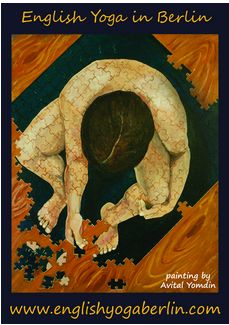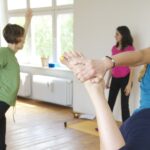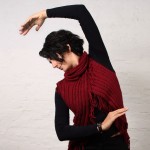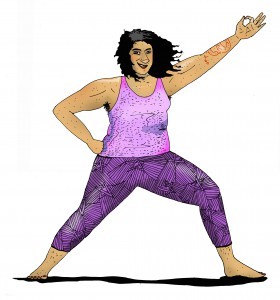Shiatsu (which means, literally, ‘finger pressure’) is a Japanese preventative manual therapy technique. In Shiatsu massage, vertical pressure (usually from the fingertips or palms) is applied to various points on the body—found using both anatomical knowledge and meridian knowledge—to produce wellness and ‘flow’ within the body’s energy systems. Pressure is usually applied, in order to guide energy through the body and clear blocked channels.
Many of us use these points unconsciously: when people feel pain in their bodies, they often naturally squeeze, massage and apply pressure to the area. This stimulates blood circulation, increases awareness (and thereby ability to respond to pain) and supports the metabolism of healing in the affected area. Shiatsu is especially successful in treating things like neck pain, but can also be used to deal with allergies, headaches, chronic pain, exhaustion and all sorts of other problems you might have. Plus, it just feels really nice.

image taken from shiatsu-brighton.com
Learning a few Shiatsu points on your own body is a wonderful way to add a special level of care and support to your yoga practice. You can practice Shiatsu points regularly, and then use them in stressful situations as part of emotional first aid! In our English yoga classes at English Yoga Berlin, we integrate this teaching, step by step, so that students can slowly begin to learn their own bodies areas of strength and weakness, and thereby develop a highly personalized practice that meets their own health needs. Here is a blog discussing how Shiatsu and Yoga can complement each other, from a student’s perspective.
Two very useful points that relieve anxiety, exhaustion, sore eyes, neck tension, jaw ache and shoulder pain are Heavenly Pillar and Heavenly Rejuvenation. Heavenly Pillar is located on both sides of the neck, about one finger-width below the base of the skull and about one finger width on either side of the neck. Heavenly Rejuvenation is located on the shoulders, midway between the base of the neck and the outside of the shoulders, about 2cm below the top of the shoulders. Here is a graphic that shows both points.
The most important part of self massage is listening to your own body, so breathe deeply while you try finding these points and, when you find a point that feels good, stay there and apply gentle pressure. You might feel the point radiating outwards, into the muscles surrounding it. That’s a good sign. You don’t want to hurt yourself, so only press as firmly as you need to in order to feel a nice sensation. It’s recommended to press for about 1 minute—but feel free to stay longer if it feels good!








